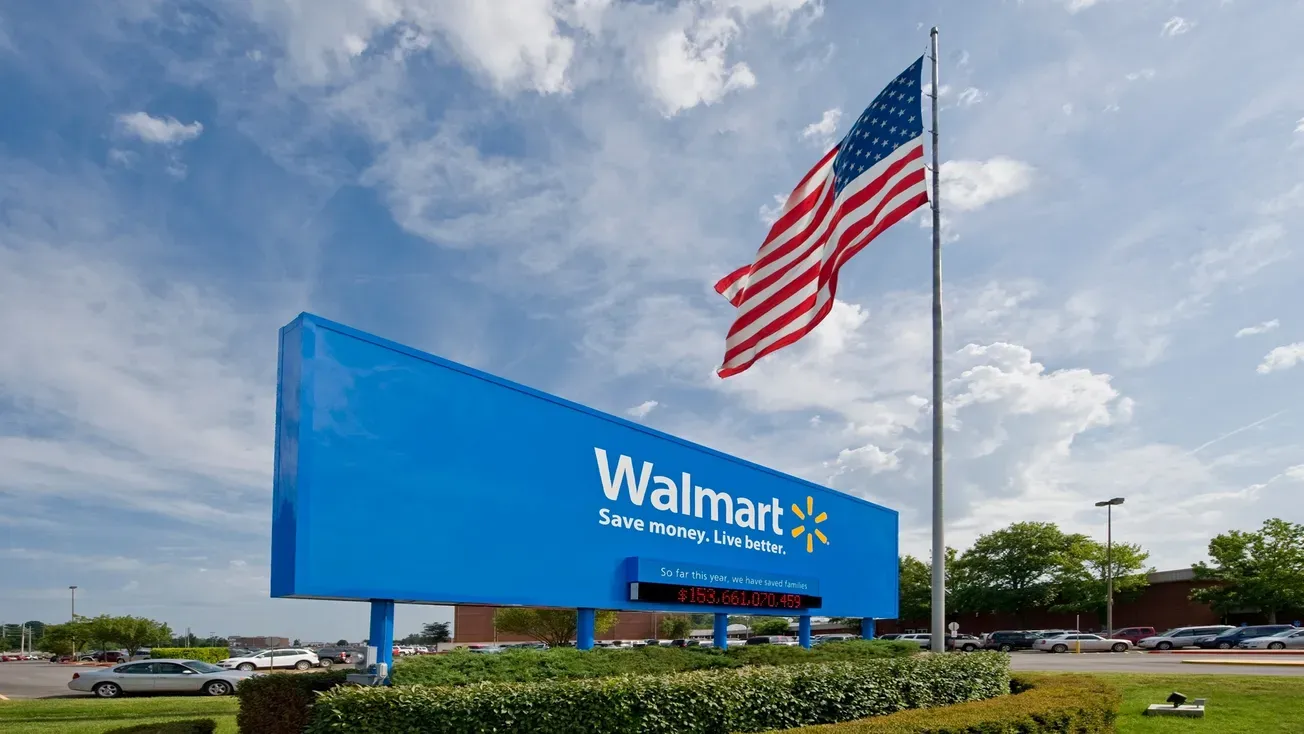
Figure 1
When a patient needs a medication for a minor ailment, what’s their first step? Usually, the process is anything but user-friendly. Just getting a prescription for pink eye might involve multiple touchpoints across several locations—scheduling through a doctor’s office, seeing a physician, and finally speaking to a pharmacist after obtaining a script. The experience is time-consuming, inconvenient, and relies heavily on physicians with already tight schedules. The result is a suboptimal patient experience, a slower path to receiving immediate care, and an increased burden on health systems to address these minor ailments.

Tonny Huang
You don’t have to look far to see a different approach to treating minor ailments. Canada has been on a journey to shift treatment for minor ailments to pharmacists with significant progress and traction in recent years. As of the beginning of this year, the country’s most populous province, Ontario, followed other provinces in allowing pharmacists to prescribe drugs for minor ailments (see figure 1 above) including hay fever, pink eye, menstrual cramps, and urinary tract infections. As of today, most provinces have expanded scope or are running pilots with intent to scale. With popular acceptance and further expansion being contemplated, including management of chronic conditions, Canada is a compelling case study for improving patient experience, increasing healthcare system efficiency, and expanding health access and equity for the United States and other countries.
Overview of pharmacy scope expansion in Canada
Canada’s healthcare ecosystem has been long at work to make pharmacy scope expansion a reality. Persistent advocacy and public–private partnerships to improve Canadians’ access to care, especially for those in underserved geographies, started to pay off when Alberta, one of Canada’s prairie provinces, expanded pharmacist scope in 2007. At first, the medical community was skeptical of the program’s benefits, but it quickly became evident that pharmacists were a valuable, underutilized resource that could benefit patients and the broader medical community.

Rodey Wing
With positive results and public demand, leaders in Canada’s broader pharmacy community came together in 2013 to develop “9000 Points of Care,” a plan to improve access to affordable healthcare, of which a key initiative was expanding pharmacists’ scope of practice to include treating minor ailments and administering vaccines. The target outcome: prevent 600,000 ER visits and 1,500 hospitalizations, and reprioritize 2.4 million physician hours for more complex care. Since then, players across the ecosystem have been advocating and working with others to prove the significant benefits tied to better leveraging the expertise and availability of pharmacies. Persistent advocacy has since led to continued expansion of the model for pharmacists prescribing for minor ailments across the country; today, pharmacists in Alberta can prescribe for 57 ailments.
Overall, Canadian pharmacist scope expansion has been positively received by the public, who instead of waiting to schedule an appointment to see a physician or potentially waiting hours in walk-in clinics or emergency rooms can now go directly to the pharmacy to treat minor ailments, which greatly improves their experience and access to treatment. In Ontario, the public quickly embraced the new program with approximately 86,000 assessments completed and 70,000 prescriptions generated between January and March 2023 alone (source: Global News). Justin Bates, the CEO of the Ontario Pharmacist Association, described the program as a “fantastic success” and public adoption as “much higher than we thought would be the case.”
In a survey of Ontario residents conducted by Kearney, more than two-thirds of respondents would explore going to the pharmacist first for minor ailments, most commonly citing convenience as a major factor. One respondent described their experience of getting prescribed eyedrops for seasonal allergies as incredibly simple compared to finding a family physician or going to a walk-in clinic; they were able to consult with the pharmacist and leave with medication within 20 minutes. Those who would still consider going to a physician first cited a lack of awareness of what precisely the scope expansion covered and referenced a preference for the relationship they had with the specific pharmacist in their community, indicating an unwillingness to seek treatment from other pharmacists. Especially for respondents that had a stronger relationship with their family physician than their pharmacist, they prefer the “peace of mind” their physician provides even given the convenience of the pharmacist. To address this “trust gap,” awareness campaigns are under way to reposition pharmacists as care providers.
A vision for what could come in the U.S.

Frances Pahati
Canada has demonstrated effectiveness and positive public response on pharmacist scope expansion across the country, but they’re not the only country looking to improve patient experience while relieving pressure in overburdened healthcare systems. Similar programs exist in parts of the UK and are being considered in Spain, New Zealand, and Australia. While these scope expansions prioritize minor ailments as the first step, the management of more chronic conditions in partnership with primary care is a logical evolution as pharmacies become an easily accessible, lower-cost channel of long-term care of less complex patients, allowing physicians to focus on more complex cases. For example, imagine a patient getting their A1C or blood pressure tested at the pharmacy regularly when they pick up prescriptions or happen to be in the store. The pharmacist could capture that data and respond quickly to counsel the patient and potentially adjust their medication regimen accordingly, keeping the patient’s numbers in check. The alternative is that those issues go unchecked until the next visit to the doctor, which could be a year or more away for less complex patients.
As physician and clinical services continue to drive ballooning healthcare costs in the United States and with vast healthcare outcome disparities and limited access, the benefits of scope expansion in enabling value-based care systems, improving health equity, and controlling absolute affordability of care are evident. With healthcare costs approaching a fifth of the national GDP, the question for US leaders is clear: What can we learn from our northern neighbors now to prepare for scope expansion to move the needle on healthcare experiences, outcomes, and costs in the future?
The authors would like to thank Laura Bowen for her contributions to this article. Rodey Wing is a partner in the Healthcare & Life Sciences practice at Kearney, a global strategy and management consulting firm. He can be reached at rodey.wing@kearney. Tonny Huang is a manager in the Healthcare & Life Sciences practice at Kearney. He can be reached at tonny.huang@kearney.com. Frances Pahati is an associate in the Consumer practice at Kearney. She can be reached at frances.pahati@kearney.com.









